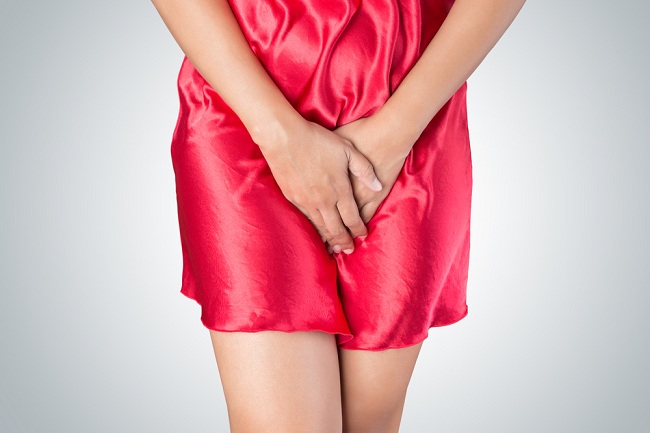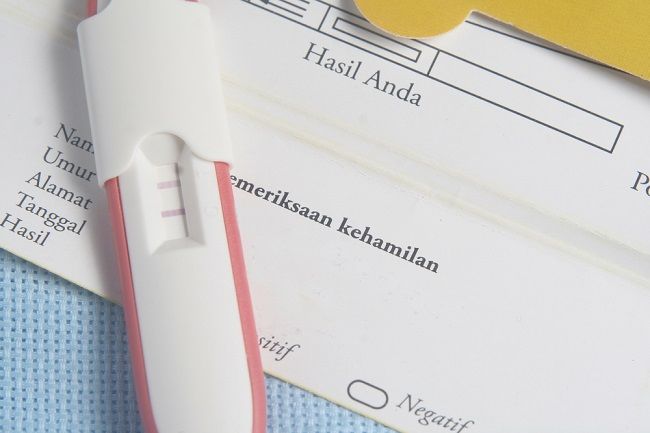Lentigo are black or brown spots that appear on the surface of the skin. These spots usually appear on areas that are frequently exposed to the sun, such as the face, arms, and neck.
Lentigo has an irregular shape, with a diameter of about 5–20 mm. Lentigo spots can develop slowly over several years, but they can appear suddenly.

Lentigo generally occurs in adults aged 50 years and over. However, children can also develop lentigines, especially if they are frequently exposed to the sun.
Causes of Lentigo
The causes of lentigo vary, depending on the type of lentigo itself. The following are some types of lentigos:
1. Lentigo simplex
Lentigo simplex It appears at birth or in childhood and may disappear over time. It is not known what causes lentigo simplex, but in some cases, this type of lentigo appears in children who use tacrolimus ointment.
2. Solar Lentigo
Solar Lentigo occurs when ultraviolet light radiation causes skin pigment cells (melanocytes) to become overactive. This condition accelerates the production of melanin, the pigment that makes the skin color darker.
Solar Lentigo It appears on the areas of the skin that are most frequently exposed to the sun, such as the face, hands, shoulders, and arms.
3. Ink spot lentigos
This type of lentigo occurs when the skin is burned due to exposure to the hot sun. Ink spot lentigos generally appears in people who have fair or fair skin.
4. Radiation Lentigo
Radiation Lentigo It occurs as a result of exposure to radiotherapy, such as in cancer treatment.
5. PUVA lentigo
PUVA lentigo appears after psoralen and ultraviolet A (PUVA) therapy, which is therapy to treat psoriasis and eczema.
6. Sun bed lEntigo
Sun bed lentigo appear as a result of exposure to ultraviolet light from tanning bed (tool for darkening the skin).
7. Lentigo due to congenital abnormalities
Some of the inherited disorders that can cause lentigo are:
- Noonan syndrome
- Cowden's syndrome
- Peutz-Jeghers Sindrom syndrome
- Bannayan-Riley-Ruvalcaba Sindrom syndrome
- Xeroderma pigmentosum syndrome
Symptoms of Lentigo
As described above, lentigines are characterized by black or brown spots on the skin. These spots are 5–20 mm in diameter and can appear in groups.
Lentigo can appear on any part of the body, but is more common in areas of the body that are frequently exposed to the sun.
When to go to the doctor
Lentigo is usually harmless and does not require medical treatment. However, do check with a dermatologist if there are changes in the spots that could indicate melanoma skin cancer, such as:
- The color is getting darker
- The shape becomes irregular
- Has an unusual color combination
- The size is growing fast
- A rash, itching, or bleeding appears
Lentigo Diagnosis
A dermatologist can determine lentigo through a physical examination of the spots on the patient's skin. However, to ensure that the spots are not a sign of skin cancer, the doctor will perform a tissue sample (biopsy) from the spots on the patient's skin for examination in the laboratory.
Lentigo Treatment
Lentigo is generally harmless, so it doesn't need to be treated. However, not a few people choose to brighten or remove lentigos for aesthetic reasons. Some types of treatment that can be done to get rid of lentigines are:
- Apply a skin lightening cream containing hydroquinone or tretinoin, to gradually fade lentigines
- Applying liquid nitrogen (cryotherapy) to the lentigo area, to destroy excess pigment
- Destroys melanin-producing cells (melanocytes) using a laser or intense pulse light therapy (IPL)
- Scrape the outermost layer of skin using an acidic chemical liquid (chemical peel), to form a new layer of skin
- Scrape the outermost layer of skin using a special tool (dermabrasion)
- Clean the outer layer of skin using small crystals (microdermabrasion)
Lentigo Prevention
There are several things that can be done to prevent the appearance of lentigines or the recurrence of lentigines after treatment, namely:
- Use clothes that cover the body and a wide hat to protect the face from the sun when going outside.
- Avoid the sun between 10 a.m. and 2 p.m. Try to only be active indoors during this time.
- Use sunscreen (sunblock) with an SPF of at least 30, every 2 hours.









